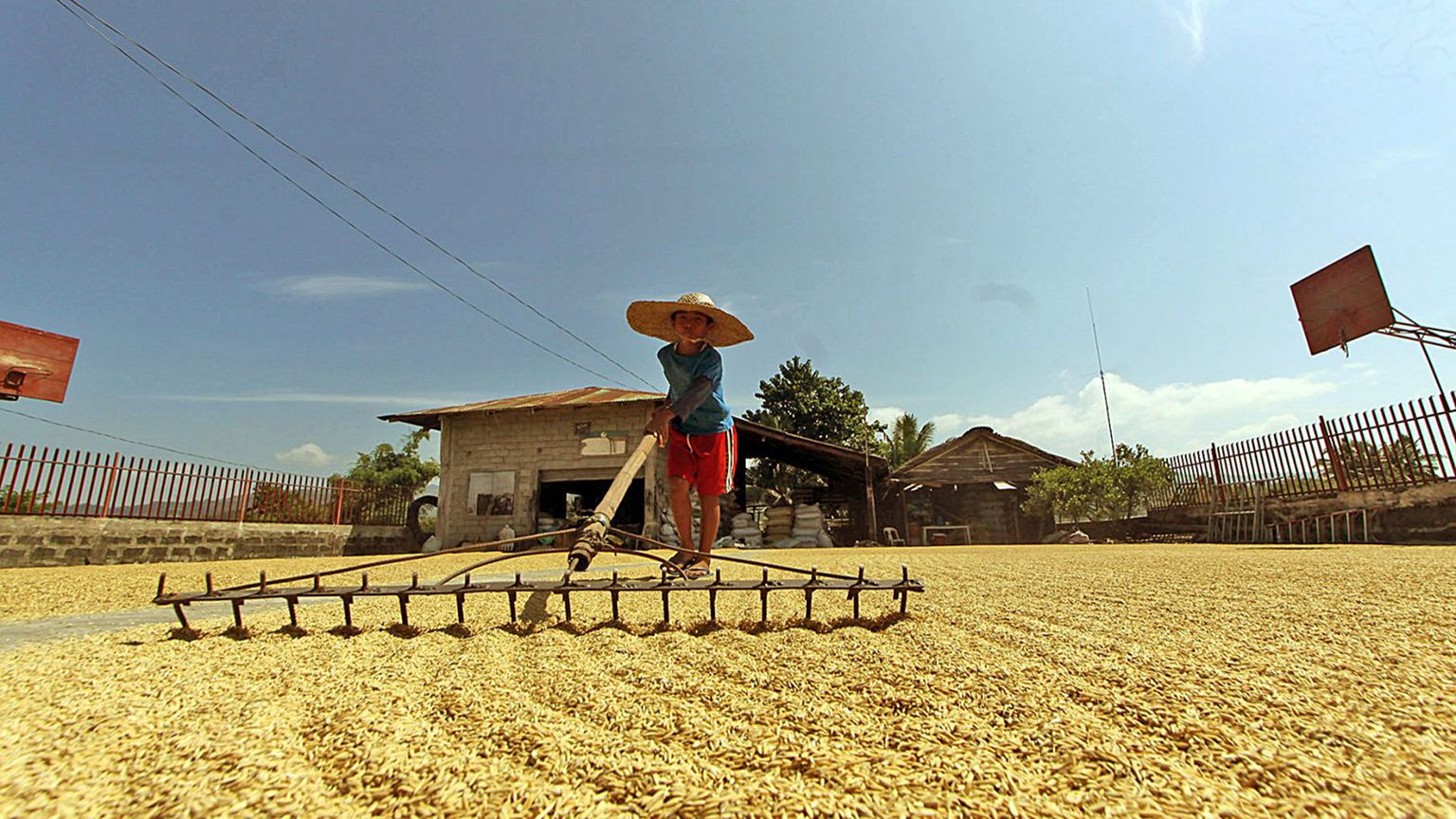Farmers' groups dispute the Philippine Statistics Authority's assertions that delayed harvests caused the country's stockpile of rice to decline by 26 percent this year.
Delayed harvests this year, coupled with "base effects," caused rice stocks of the country to plunge 26.17 percent as of October 1, to 1.954 million metric tons (MMT) from 2020’s level of 2.647 MMT, according to the Philippine Statistics Authority (PSA).
“Some of the reasons on the annual decrease of rice stocks obtained from the Field Offices for each sector are the following: delayed harvest due to weather conditions [and] Increase in stocks last year due to farmers waiting for good buying price,” PSA said to media.
But industry players do not buy such reasons saying that palay output in fact was at record high from January to September and rice imports were even higher year-on-year, said the Philippine Chamber of Agriculture and Fisheries Inc. and Federation of Free Farmers.
PCAFI president Danilo Fausto said the starting rice inventory this year was only lower by 300,000 versus last year.
‘Statistically impossible’
FFF national manager Raul Montemayor said the 700,000-MT reduction on rice inventory was “statistically impossible” given the positive picture being portrayed by local production and rice imports.
The country’s palay production from January to September grew by 5.46 percent to 12.55 million MT from 11.90 million MT in the same period of last year.
“On July 1, 2021, rice inventory was 2.178 million MT, almost equal to the July 1, 2020 inventory of 2.105 million MT. Imports from July to September 2021 totaled 647,669 MT compared to 520,565 MT in the same period in 2020,” he said.
“Assuming demand was the same from July 1 to Oct 1, Oct 1, 2021 inventory should be higher than Oct 2020 levels by 200,000.But PSA says it was lower by almost 700,000.Statistically impossible.Even if we assume imports in the month of Oct 2020 were counted in advance, these amounted to only 91,400 MT,” Montemayor added.
The reduction in rice inventory could have been steeper if lockdowns were not imposed in August and September, according to the PSA.
“The lockdown in August and September partly impacted the decrease in rice stocks because of limited mobility and buying capability of people,” it said.
Inaccurate measurements
Philippine Institute for Development Studies senior research fellow Roehlano Briones is also viewing with some reservations the rice inventory figures released by the PSA.
“It could be that because the estimation of rice stocks is not perfect. The stocks could have switched toward households, which are not fully accounted for by the PSA,” Briones said in a media interview.
“But I am not convinced that we actually ran out of stocks. It is possible that our methodology for measuring stocks, especially household stocks, are not actually accurate,” he added.
PSA data showed that household rice inventory as of October 1 plunged by nearly 27 percent to 1.059 million MT from 1.450 million MT in the same period of last year.
“If we suspect that there might be a reason that households might decide to stock up more, if they have bad news about future prices, then getting a picture of their inventory is not perfect because they do not have any warehouses,” Briones said.
“But households can easily buy an extra half sack or full sack and put it somewhere. If you multiply that by several million households, that could be a very large amount,” he added.
Rice Trade Liberalization Law
Monetary Board member V. Bruce Tolentino said the domestic rice market is still adjusting to the new rice trade regime following the implementation of the rice trade liberalization (RTL) law.
For one, Tolentino pointed out that rice inventories do not need to be huge anymore since the supplies can easily respond to market demand and situation.
“There’s a major policy change in RTL, which will also affect inventory behavior. Before, inventories need to be very large due to a lot of market uncertainties particularly with NFA [National Food Authority]. Today, inventories are smaller because trade is supposed to respond to market situations,” he said.
But he noted that certain government impositions such as sudden suspension of the issuance of sanitary and phytosanitary import clearance (SPS-IC) for rice imports “interferes” with the country’s rice trade.
If there are issues like sudden suspension of SPS-IC, they interfere with trade.
“With that kind of uncertainty, traders domestically will keep larger stocks due to market efficiencies,” he said.
Tags: #agriculture, #rice, #riceshortage, #PhilippineStatisticsAuthority
